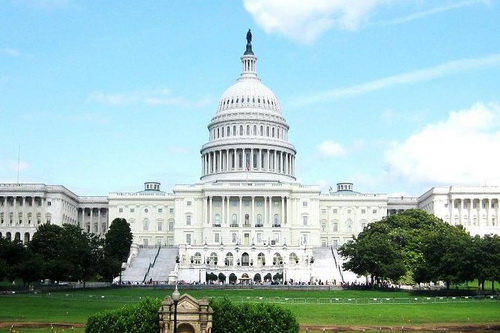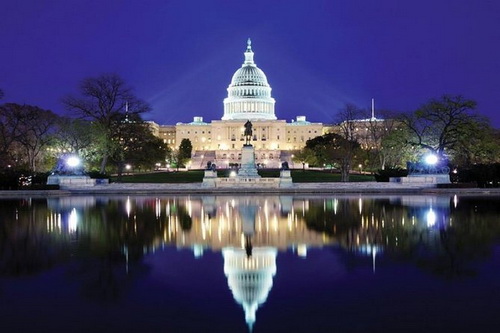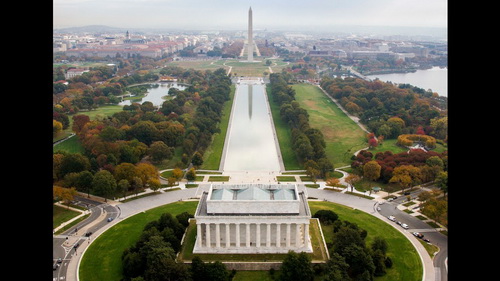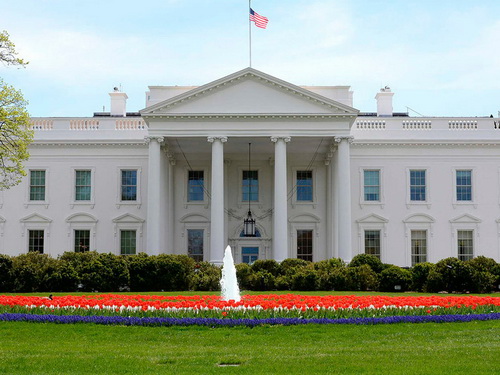SOCIAL PROGRAM
A half day free walking tour will be arranged for conference participants. Here is the tentative program:
1. The Capitol
This is Congress’s “House,” its cornerstone laid in 1793 by President George
Washington. The Capitol was completed when the 19-foot, 6-inch Statue of Freedom
was placed atop the dome in December 1863, at the height of the Civil War—the
same year that Abraham Lincoln issued his Emancipation Proclamation. Head inside
the Capitol Visitor Center to take the hour-long guided Capitol tour (highly
recommended), armed with the timed passes you’ve ordered in advance online. If
you’ve neglected to order these, you may still be in luck: Go to the “visitors
without reservations” walk up line to see if any same-day passes are available.
The Visitor Center is itself worth checking out.


2. National Mall
Stroll the green promenade, glancing eastward to spy the Capitol, where you
started, and westward to spot the Lincoln Memorial in the distance, where you’ll
end up later today. Once you’ve had a chance to catch your breath, it’s time to
resume touring.

3. Washington Monument
People often ask: Which is taller, the Washington Monument or the Capitol? The
answer is the Washington Monument. The monument was scheduled to reopen in
August 2019, newly equipped with a fully functioning elevator that delivers you
to the observation tower and its panoramic views stretching for miles (20 miles
on a clear day!). As noted earlier in this section, a ticket to enter the
monument can be elusive in peak season. If tickets are gone for the day or the
monument isn’t open, you can still stand back and consider the fact that this
555-foot, 5 1/8-inches-high obelisk, D.C.’s version of a skyscraper, is one of
the world’s tallest freestanding works of masonry.

4. Lincoln Memorial
Visit this temple-like memorial to contemplate the inspiring life and spirit of
the nation’s 16th president. Citizens of the world surround you, reading aloud
the words inscribed on its walls: "Four score and seven years ago our fathers
brought forth on this continent a new nation, conceived in liberty, and
dedicated to the proposition that all men are created equal . . ." Stand at the
top of the memorial’s steps and face away from Lincoln to take in the sweeping
view across the green sweep of the Mall.

4. White House
The home of every U.S. president except George Washington, the site of the White
House on Pennsylvania Avenue was selected in June 1791. The design for the
Presidential Mansion (as it was originally called) was decided by a contest, and
the winner was James Hoban, a native of Ireland. Designed to be far larger and
grander than it is, the building of the Presidential Mansion began in October
1792 and was finished in 1800.
The first president to live in the White House, which, surprisingly, was
originally painted yellow, was John Adams. British soldiers captured and burned
the building during the War of 1812 when James Madison was in office.
Reconstruction was completed in 1817, and President James Monroe and his family
were able to move into the building, which was now painted white, as it is
today. In 1902, President Theodore Roosevelt designated that the nickname for
the mansion would now be its official name, the White House.

Source: Frommers.